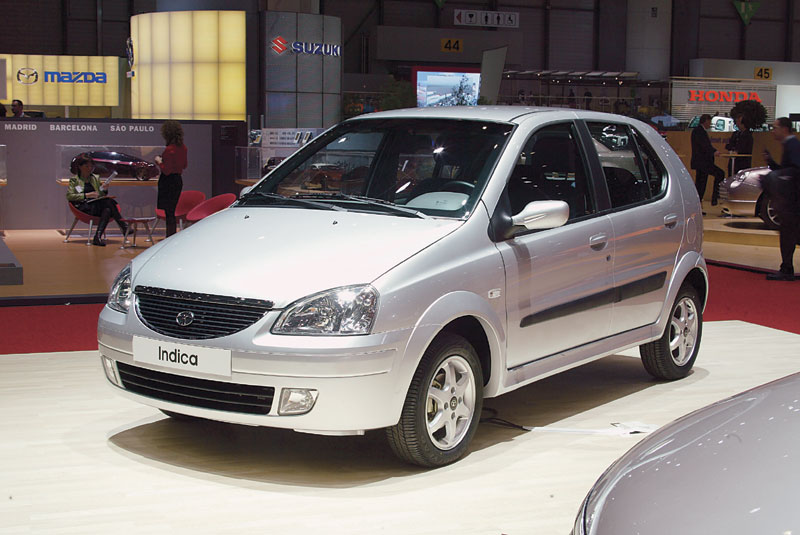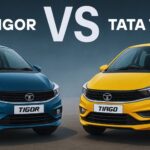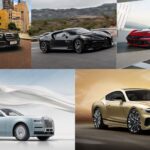Emeritus Ratan Tata, Chairman of Tata Sons, always tried to push the envelope. He died away late on Wednesday night. His choices at Tata Motors served as the best illustration of this. Tata was passionate about cars and made sure that many other people could too. This clarifies his decision to venture into the production of passenger automobiles, despite Tata Motors enjoying considerable success in the commercial vehicle market.
Under his direction, Tata Motors introduced several highly successful vehicles, including the Tata Sierra, Tata Sumo, Tata Safari, Indigo CS, and Indica. Next was the cheapest vehicle, the Nano. Updated features have been added to many of these models for their relaunch. Tata Safari, for instance, was reintroduced in 2021 after being phased out in 2016. Furthermore, updated electric versions of the Nano and Sierra models are coming.
India’s first SUV: Sierra

Ratan Tata, with the introduction of the Sierra, was the first off-road sports utility vehicle produced by an Indian original equipment manufacturer. Tata’s relationship with passenger cars officially began in 1991. It was built on the X2 Platform from Tata. Due to Tata’s audacious move, Sierra now competes with vehicles like the Maruti 800 and Maruti 1,000, among others. When it was introduced, the automobile, which cost Rs 5 lakh, had several features that were unique to the market, including tilt steering, power windows, power steering, and central air conditioning. According to industry estimates, 3,910 units of the car were sold during its peak in 1994–1995. In 2001, the automobile was phased out due to growing competition. Notably, Tata Motors will reintroduce the Tata Sierra electric vehicle, with a 2025 debut date.
Tata’s love with Indica

The first locally produced hatchback with a diesel engine, the Indica, was unveiled by Ratan Tata in front of a sizable audience at the Delhi Auto Expo in 1998. During the launch, Ratan Tata, who was very happy, declared, “This is the first passenger car designed and developed entirely in India.” We have created an automobile that is genuinely Indian in its design. The purpose of launching the car was being questioned by some even before its unveiling. After years of producing SUVs and station wagons, Tata’s first foray into the hatchback market was the Indica.
With the tagline “More car per car,” the Tata Indica gained popularity right away. The Indica quickly rose to the top of the Indian auto sales charts after its introduction.
The introduction of the Tata Indica 25 years ago marked the beginning of India’s domestic passenger automobile sector. January 15, 2023: “It reminds me of good times and holds a special place in my heart for me,” Ratan Tata posted on Instagram. Ratan Tata’s detractors had their answer with Indica’s success. The largest passenger vehicle manufacturer in the nation, Maruti Suzuki, reduced the pricing of its compact car models in response to the Indica effect. Over 1.4 million copies were sold by Indica in total.
Despite having a successful run, Indica experienced several technical problems in its later years. Global automakers like Hyundai, Toyota, Fiat, Daewoo, and Honda have flooded the market with options. Notably, an electric strain of Indica was also shown off in 2011 to revitalize the brand, albeit it was never released on a commercial scale. To draw customers, a CNG version of Indica was also introduced. However, increased competition and stricter emission regulations resulted in the 2018 manufacture of Indica being discontinued.
Quick Read: Tata Punch Vs Hyundai Exter
Tata’s Nano

Ratan Tata wanted to make sure that every Indian home has a car, which is why he introduced the Nano in 2007. “I want a car that is accessible to everyone,” an emotional Tata had previously stated in an interview. However, the automobile was involved in a lot of controversy despite its good intentions. In response to complaints from farmers whose land was being taken for the facility, the Tata Nano plant in Singur, West Bengal, had to be moved to Sanand in Gujarat. Then, there have been cases of Nanos igniting. Customers’ perceptions were impacted by that. For Nano, a botched marketing plan was the last straw. Finally, in 2018, production was discontinued.
Ratan Tata claimed in a May 2022 Instagram post that the difficulties Indian families had with scooters were what ultimately spurred him to create the Nano. “Seeing Indian families riding scooters all the time truly inspired me to create such a vehicle. “The Nano was intended for all of our people,” the post stated. His dedication to the Nano project was evident in the creation and manufacturing of the Tata Nano. Throughout its existence, the Tata Nano sold around 298,000 vehicles.
Reimagining JLR
When Ratan Tata bought Jaguar Land Rover (JLR) from Ford Motors in 2008, Tata Motors went worldwide. When asked what he planned to do after the acquisition, Tata didn’t have a quick response from JLR employees. But in an interview, he revealed that he had huge plans for JLR. However, there were several problems with the acquisition, including the 2008 global financial crisis, JLR’s rebranding as a luxury brand, its small product line, quality problems, and fierce competition in the market.
Following years of unsuccessful attempts to bring back JLR as a brand, Tata Motors unveiled the “Reimagine Strategy” in 2023, with the goal of the Tata Group reaching £30 billion in sales by FY26. Up till FY28, the Tata Group plans to invest £18 billion, or around Rs 1.9 lakh crore, in JLR. At its Chakan Plant in India, Tata Group will also produce the electric variants of Range Rover and Range Rover Sport. JLR plans to launch its first locally produced electric vehicle by CY25.
A 40-gigawatt battery cell gigafactory would be established in the UK with an investment of more than 4 billion pounds, or ₹42,500 crore, by the Tata Group. Commencing in 2026, the gigafactory is billed as Europe’s largest electric battery factory. Due largely to the new launches and JLR sales, Tata Motors posted a consolidated net profit of Rs 17,529 crore for the March quarter of FY24, up 45.67% YoY.





